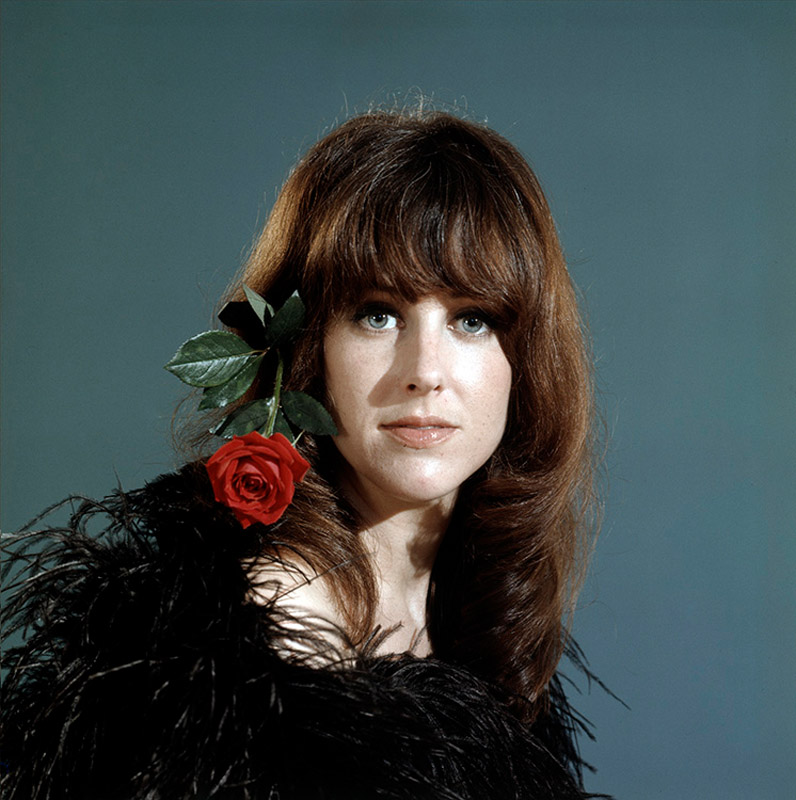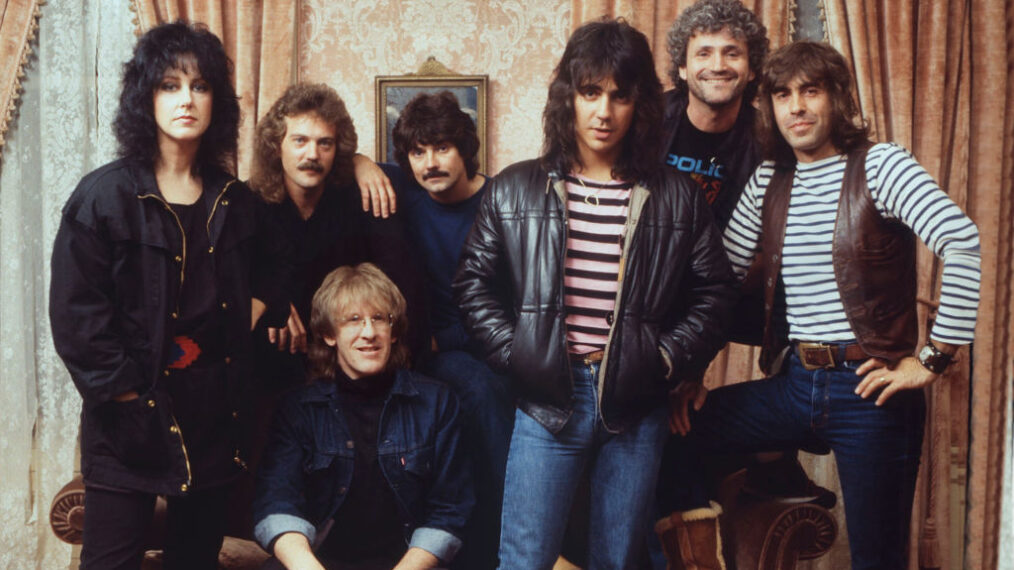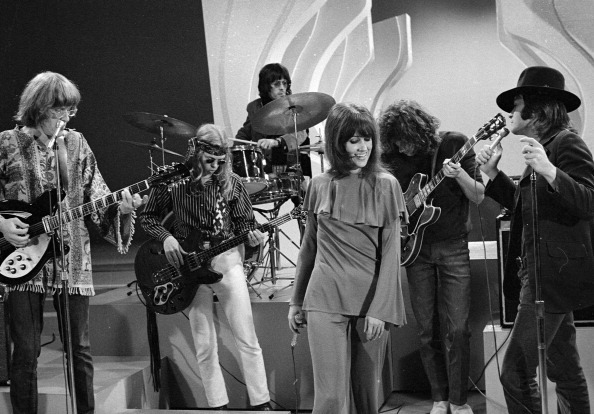Grace Slick, born Grace Barnett Wing on October 30, 1939, in Evanston, Illinois, became an iconic figure in American rock music. Known for her role as the lead vocalist of Jefferson Airplane, Slick was a driving force in the psychedelic rock movement of the 1960s and ’70s. Raised in a comfortable, upper-middle-class family, Slick’s early years were marked by frequent moves due to her father’s job as an investment banker. Eventually, her family settled in Palo Alto, California, where she spent her teenage years. It was here that her love for music began to take root, paving the way for her future as a groundbreaking musician.
Early Influences and Musical Aspirations

Slick attended Castilleja School, a private all-girls institution in Palo Alto, and later moved to New York City to attend Finch College. After a brief stint at the University of Miami, she decided to pursue music seriously, driven by her passion for rock and roll. Influenced by folk and blues as well as bands like The Beatles and The Rolling Stones, she was determined to make her mark in a male-dominated industry.
In 1965, Slick made her first entry into the music scene by joining The Great Society, a folk-rock band formed in San Francisco by her then-husband, Jerry Slick, and his brother Darby. Here, Grace brought not only her powerful voice but also her songwriting skills, penning two of her most famous tracks: “White Rabbit” and “Somebody to Love.” These songs would later become anthems for Jefferson Airplane and the counterculture movement of the 1960s.
Joining Jefferson Airplane: The Rise to Fame

The Great Society’s limited success led to its disbandment in 1966, but this setback opened a new door for Slick. Jefferson Airplane, already a major player in the San Francisco psychedelic rock scene, was looking for a new lead singer after Signe Toly Anderson left the band. Slick joined them, bringing her distinct vocal style and the two songs that would become the band’s biggest hits.
In 1967, Jefferson Airplane released Surrealistic Pillow, an album that catapulted both the band and Slick to stardom. The album featured the iconic tracks “Somebody to Love” and “White Rabbit.” “White Rabbit,” inspired by Lewis Carroll’s Alice in Wonderland, became a defining song of the psychedelic era, with its references to drug-induced exploration and surreal imagery. Meanwhile, “Somebody to Love” captured the urgency and energy of the counterculture movement, making Slick’s voice synonymous with rebellion and revolution.
The Voice of Counterculture: 1967-1970
As Jefferson Airplane’s fame grew, Slick emerged as a powerful symbol of the cultural revolution. The band’s subsequent albums, including After Bathing at Baxter’s (1967), Crown of Creation (1968), and Volunteers (1969), saw Slick contributing not just her vocals but also her provocative lyrics. Songs like “Lather,” “Greasy Heart,” and “We Can Be Together” addressed social and political themes head-on, reflecting Slick’s willingness to challenge authority and traditional norms.
By the early 1970s, however, Jefferson Airplane began to face internal conflicts and lineup changes. This eventually led to the band’s evolution into Jefferson Starship in 1974, where Slick continued to play a pivotal role. The new band maintained a psychedelic sound while also embracing more mainstream rock elements, which led to broader commercial success.
Jefferson Starship: A New Era

With Jefferson Starship, Slick helped the band achieve significant hits, including “Miracles,” “Count on Me,” and “Runaway.” Her vocals remained a central feature, and her ability to adapt to the band’s evolving sound showcased her versatility. Even as the music shifted towards a more radio-friendly style, Slick’s powerful voice and commanding stage presence remained front and center.
During this era, Slick also explored solo projects. Her debut solo album, Manhole (1974), was an experimental effort that allowed her to express a wider range of musical influences. However, her 1981 solo album, Dreams, gained more commercial success, earning her a Grammy nomination for Best Rock Female Vocal Performance. The album’s title track, “Dreams,” demonstrated Slick’s ability to balance powerful rock vocals with introspective themes.
Challenges and Reinvention: The 1980s

The 1980s were a turbulent time for Slick, marked by personal struggles, including battles with alcoholism. She left Jefferson Starship in 1978 but rejoined the band in 1981, contributing to albums like Modern Times (1981) and Nuclear Furniture (1984). Slick’s resilience during this period was evident as she continued to be a prominent figure in the band, even as it underwent further changes.
In 1985, the band transitioned to a more pop-rock sound and rebranded as Starship. Slick remained part of the lineup, contributing to massive hits like “We Built This City” and “Nothing’s Gonna Stop Us Now.” Despite the shift towards commercial pop, Slick’s voice continued to be a driving force behind the band’s success, with “We Built This City” becoming a number-one hit on the Billboard Hot 100.
Retirement from Music and Transition to Art

By the late 1980s, Slick decided to step away from music, believing that rock was best suited for younger performers. After a reunion tour with Jefferson Airplane in 1989-1990, she retired from the music scene. In her post-music life, Slick discovered a new passion for visual arts, becoming a successful painter. Her work often reflects surreal and psychedelic themes, featuring imagery from Alice in Wonderland as well as portraits of rock legends. Her artwork has been displayed in galleries across the U.S., showcasing her talent as a visual artist.
Legacy of a Rock Icon

Grace Slick is widely regarded as one of the most influential women in rock music. Her bold voice, fearless persona, and commitment to addressing political, social, and feminist issues through music made her a symbol of change during a pivotal era in American culture. She broke barriers for female musicians and left a lasting impact on the music industry.
While she no longer performs, Slick continues to engage with fans through her art and occasional interviews, sharing insights about her time in the music industry and her thoughts on contemporary culture. Her legacy as a pioneering woman in rock endures, inspiring new generations of female artists to embrace their own voices and vision.
Conclusion: The Enduring Spirit of Grace Slick

Grace Slick’s journey from suburban Palo Alto to the heights of rock stardom is a story of artistic innovation, resilience, and cultural transformation. As a member of Jefferson Airplane and Jefferson Starship, she shaped the sound of psychedelic rock and became a powerful voice for social change. From her early days in The Great Society to her retirement as a rock icon, Slick’s influence on music and culture remains profound. Today, her work as a visual artist, combined with her fearless legacy in rock, continues to inspire and empower future generations.


